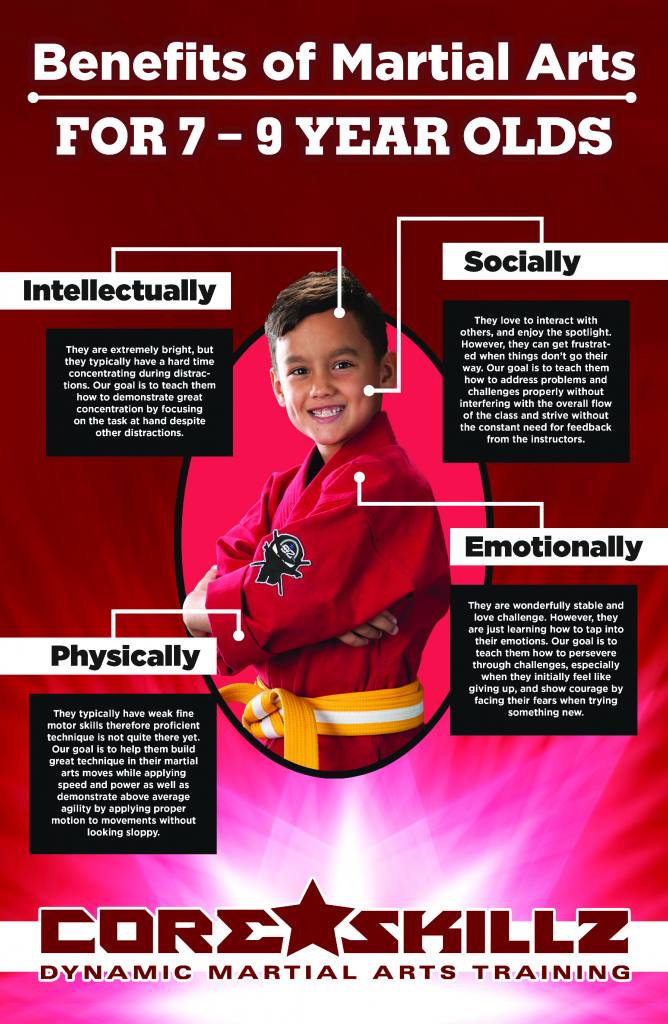The History And Viewpoint Of Fighting Style: A Deep Dive
The History And Viewpoint Of Fighting Style: A Deep Dive
Blog Article
Created By-Gentry Mcintyre
Step into the old world where martial arts were born out of necessity in diverse regions. Cultures crafted distinct battling designs intertwined with historical contexts. Methods evolved over centuries via dedicated practice and social exchanges. Today, modern-day martial arts blend standard aspects for optimal effectiveness. Philosophically, martial arts highlight self-control, self-improvement, and consistency. Regard, humility, and balance are fundamental principles assisting experts towards growth and durability. Discover the depths of this abundant history and philosophy to uncover the profound influences forming this long-lasting discipline.
Origins of Fighting Style
Fighting style came from various areas around the world, advancing as sensible battle systems to prevent hazards. These ancient combating designs were established out of need, with each culture crafting techniques matched to their distinct environments and challenges. From the grappling arts of Jujutsu in Japan to the striking techniques of Martial art in China, martial arts were deeply intertwined with the historical, social, and cultural fabric of their particular societies.
In Japan, the samurai class refined martial arts like Kenjutsu, the art of the sword, which later progressed right into the a lot more promoted form of Kendo. At the same time, in Brazil, Capoeira became a blend of dancing and battle, created by enslaved Africans as a way to withstand fascism. Each martial art brings with it an abundant history and approach, mirroring the values and beliefs of individuals who practiced them.
As you look into the origins of martial arts, you reveal a tapestry of human resourcefulness, durability, and the unyielding spirit of warriors throughout time.
Evolution of Strategies
Via centuries of technique and refinement, combat strategies within various martial arts have actually undertaken an extensive development. From old styles like Kung Fu and Martial arts to more modern-day techniques such as Brazilian Jiu-Jitsu and Krav Maga, the evolution of strategies has been driven by a mix of cultural impacts, practical applications, and technical developments.
One significant aspect of this advancement is the cross-pollination of strategies in between various martial arts. For example, techniques from traditional Japanese Jiu-Jitsu were included into the creation of Judo by Jigoro Kano in the late 19th century. This blending of styles has brought about the growth of crossbreed martial arts like Mixed Martial Arts (MIXED MARTIAL ARTS), which combine aspects of striking, grappling, and submission methods.
In addition, the advancement of strategies has actually been shaped by the increasing focus on effectiveness and efficiency in battle. Practitioners have actually continuously looked for to fine-tune their strategies via rigorous training, testing, and competitors, resulting in the development of extremely specialized and efficient battling designs. On the whole, the development of strategies in martial arts reflects the vibrant nature of combat and the ongoing pursuit for renovation and technology.
Thoughtful Foundations
Discovering the underlying philosophical concepts of martial arts offers understanding right into their core values and assisting ideas. At the heart of several martial arts techniques is the principle of self-control itself. By educating simply click the following webpage and mind to act as one natural device, you cultivate self-control that expands past the dojo or gym right into everyday life. This self-control encompasses regard, humbleness, and self-control, shaping not simply your physical capacities but additionally your personality.
An additional essential philosophical structure in martial arts is the concept of continual self-improvement. The journey of grasping a fighting style is endless, with professionals continuously striving to far better themselves, both literally and emotionally. This concentrate on growth promotes strength, determination, and a development frame of mind that can be related to all facets of life.
Furthermore, martial arts emphasize the importance of consistency and balance. Techniques are developed to use a challenger's power versus them, highlighting the concept of producing and redirecting pressure instead of fulfilling it head-on. This viewpoint extends to interpersonal partnerships, promoting serene resolutions and mutual understanding. By welcoming these thoughtful structures, martial artists not just improve their battle abilities but additionally grow a lifestyle fixated individual growth, respect, and harmony.
Verdict
Finally, the background and viewpoint of martial arts offer an abundant tapestry of custom, discipline, and self-improvement.
Take for global martial arts chapter 126 of Bruce Lee, who changed martial arts by blending various styles and viewpoints to produce his very own one-of-a-kind kind of Jeet Kune Do.
Via commitment and advancement, martial musicians remain to push boundaries and influence others to reach their complete potential both in fight and in life.
